Types of Bicep Curls: 7 Best Variations
While there is no doubt that bicep curls are essential in any modern training program, the question becomes somewhat more complex when we must ask what type of bicep curl to include.
Despite the fact that nearly all bicep curl variations feature the same purpose (training the biceps), there are still several points of distinction that may make one kind of bicep curl a more suitable exercise for certain situations.
To condense it as much as possible, the various types of bicep curls may be distinguished by the angle of resistance dictated by the position of the hands. This means exercises like the hammer curl or reverse curl will target the arms in a different manner due to the difference in grip form and hand position.
What Makes an Exercise a "Bicep Curl Variation"?
Not just any biceps isolation exercise counts as a type of bicep curl. It is important to also look at the biomechanics involved in the movement so as to assess whether it is even a “curl” exercise in the first place.
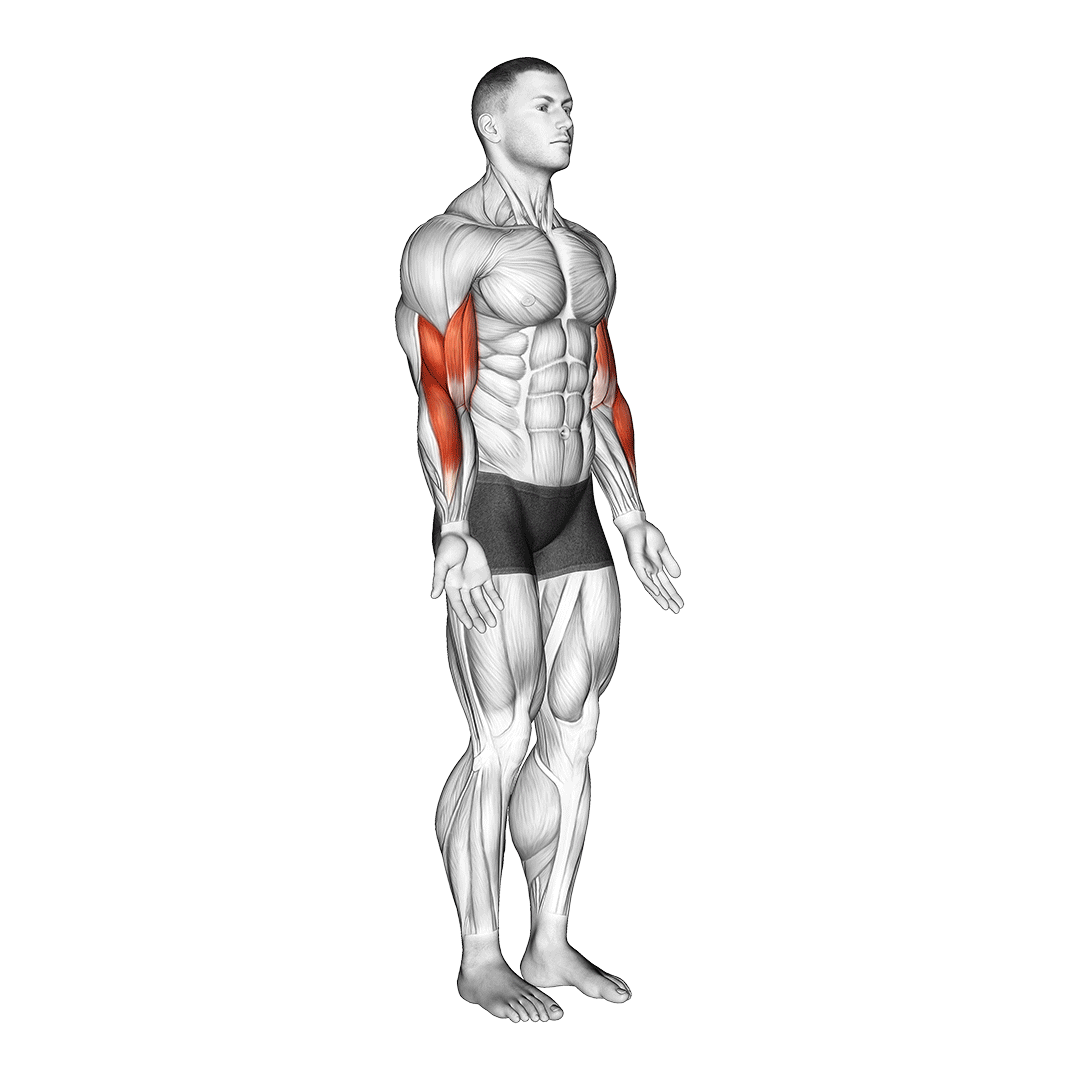
If the movement involves elbow flexion (above) that recruits the biceps brachii as a primary mover muscle, then yes, it is likely a type of bicep curl and may be programmed in a similar manner to other bicep curl variations.
Note that for an exercise to be a bicep curl variation, it does not necessarily need to feature a supinated grip, as movements like the reverse curl or hammer curl do not use such a hand position yet are arguably as useful for training the biceps as supinated bicep curl variations.
How to Pick the Right Type of Bicep Curl
Picking the right type of bicep curl to add to a training program will require two things to be accounted for; relative intensity and muscular recruitment.
Muscular Recruitment
While practically all bicep curl variations will recruit the biceps to a significant degree, not all of these exercises solely train the biceps, and may include other nearby muscle groups like the brachioradialis, brachialis, other muscles in the forearms or even the deltoids to some extent.
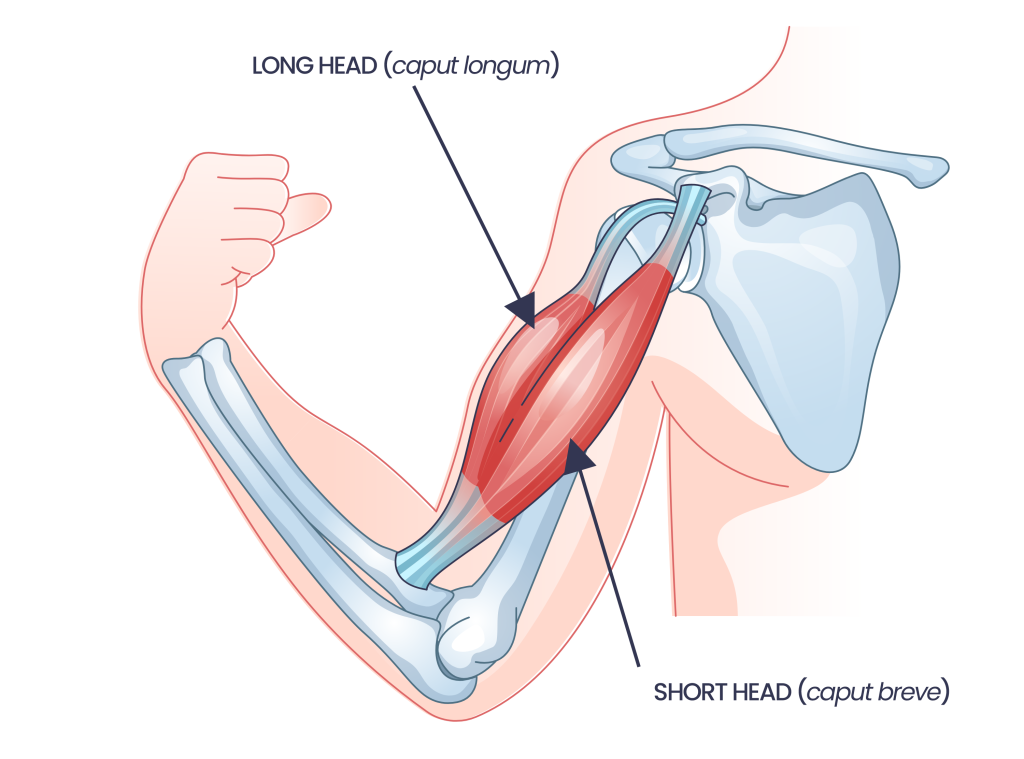
Depending on other exercises found in the lifter’s workout session, this may preclude the usage of certain types of bicep curls, and as such it is important to keep in mind what muscles are worked by which exercise when planning a training program.
Intensity of the Curl
Even if the bicep curl variation in question fits perfectly into the workout, one must still account for the intensity of said curl and whether the biceps are being stimulated to an insufficient or excessive degree.
Lifters with no other biceps isolation exercise may wish to pick a type of bicep curl that features a more intense and longer recruitment of the biceps, whereas programs that include multiple exercises targeting the biceps brachii directly may even forego bicep curl variations entirely.
Types of Bicep Curls
1. Conventional Bicep Curls
The conventional bicep curl is likely what comes to mind when speaking of a bicep curl, as it is considered to be the baseline curl variation and quintessential biceps isolation movement in nearly every training program.
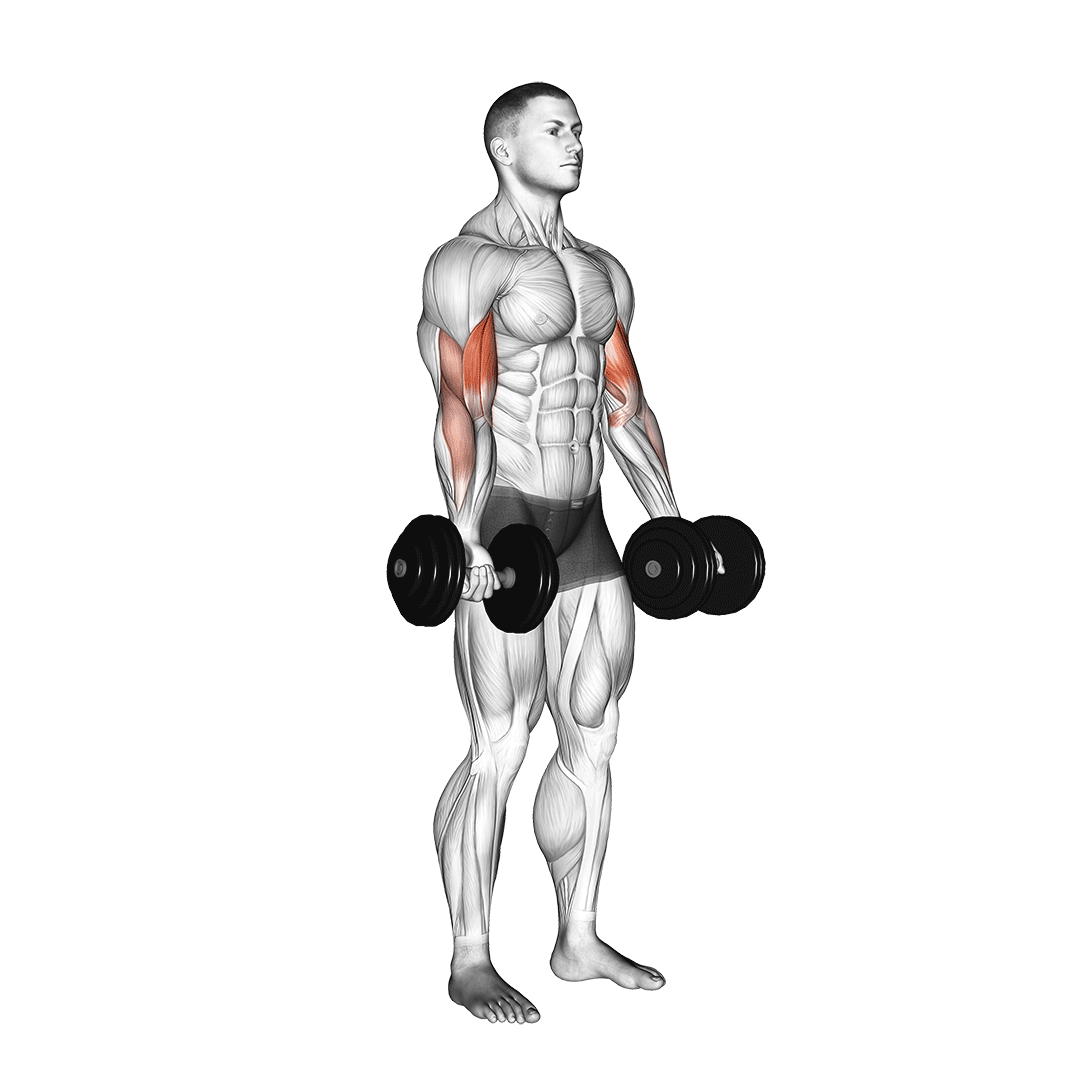
As is clued in by its name, the conventional bicep curl solely recruits the biceps brachii as a primary mover muscle, and features only a single moving joint (the elbows) in order to perform.
It is performed with a variety of different types of equipment, but all share the same cues of using a supinated grip, keeping the upper arms stationary and a range of motion from the pelvis to the shoulders.
Benefits as a Type of Bicep Curl
The main benefit of the conventional bicep curl is in its simplicity; it may be performed with practically any form of resistance training equipment, and is simple enough in form to be accessible to all individuals, regardless of experience or mobility.
These two factors are the reason why the conventional bicep curl is used as the “default” biceps isolation exercise in so many programs, and are also what allow it to be used in such an effective manner.
Equipment Used to Conventional Bicep Curl
The conventional bicep curl is traditionally performed with a pair of moderate weight dumbbells, but may be performed with barbells, kettlebells, plates or even resistance machines if needed.
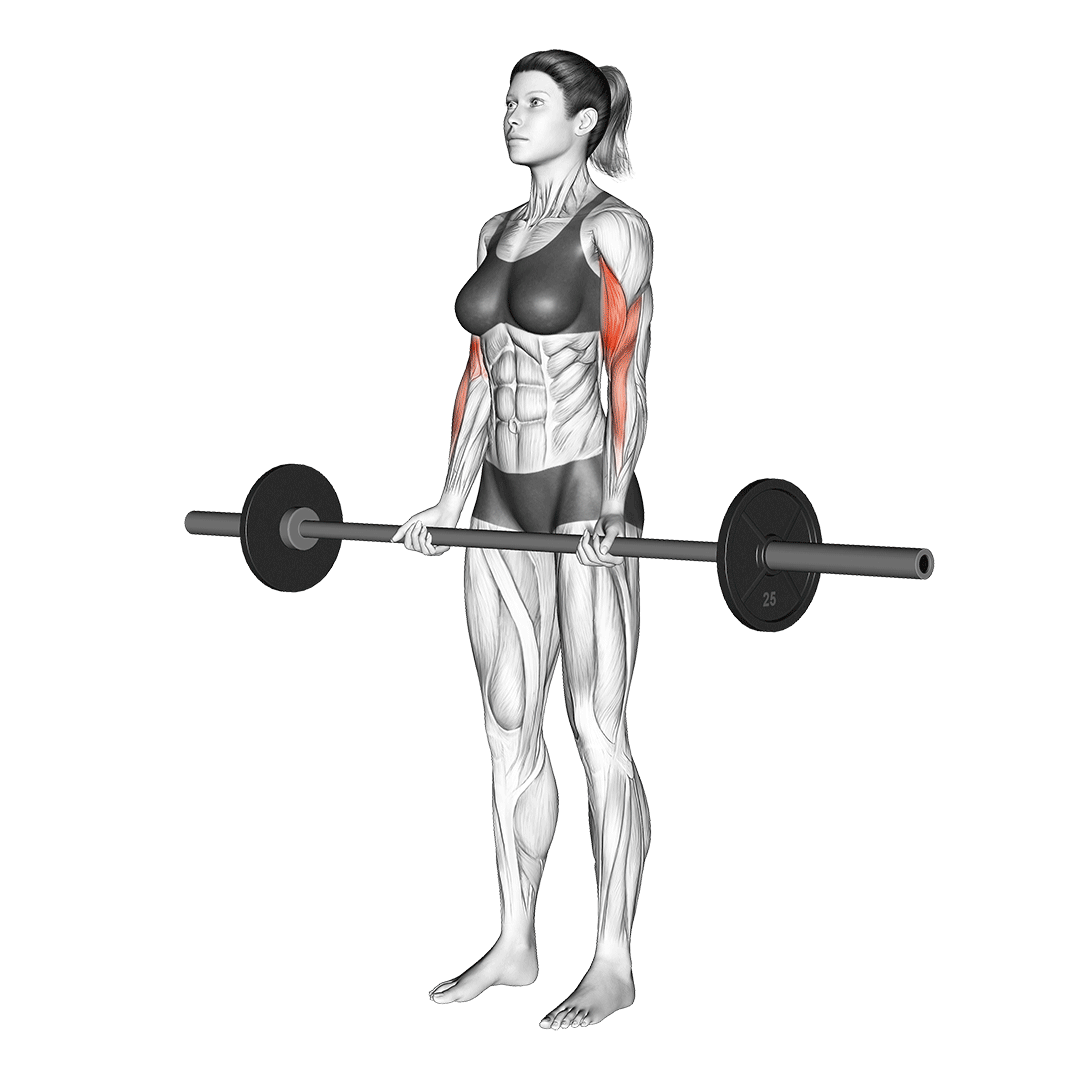
Other Possible Variations
The majority of conventional bicep curl variations simply involve a different sort of equipment, thereby altering the sort of training stimulus produced and whether or not stabilizer muscles are recruited to a certain degree.
Other forms of conventional bicep curls are; EZ bar bicep curls, cable machine curls, dumbbell curls and kettlebell curls.
2. Cross Body Bicep Curls
An exercise mechanically similar to the conventional bicep curl, only with the lifter drawing the weights across their torso rather than straight up - the cross body bicep curl is an underutilized curl variation most often seen in higher-level bodybuilding programs for the purposes of targeting the outer head of the biceps to a greater degree.
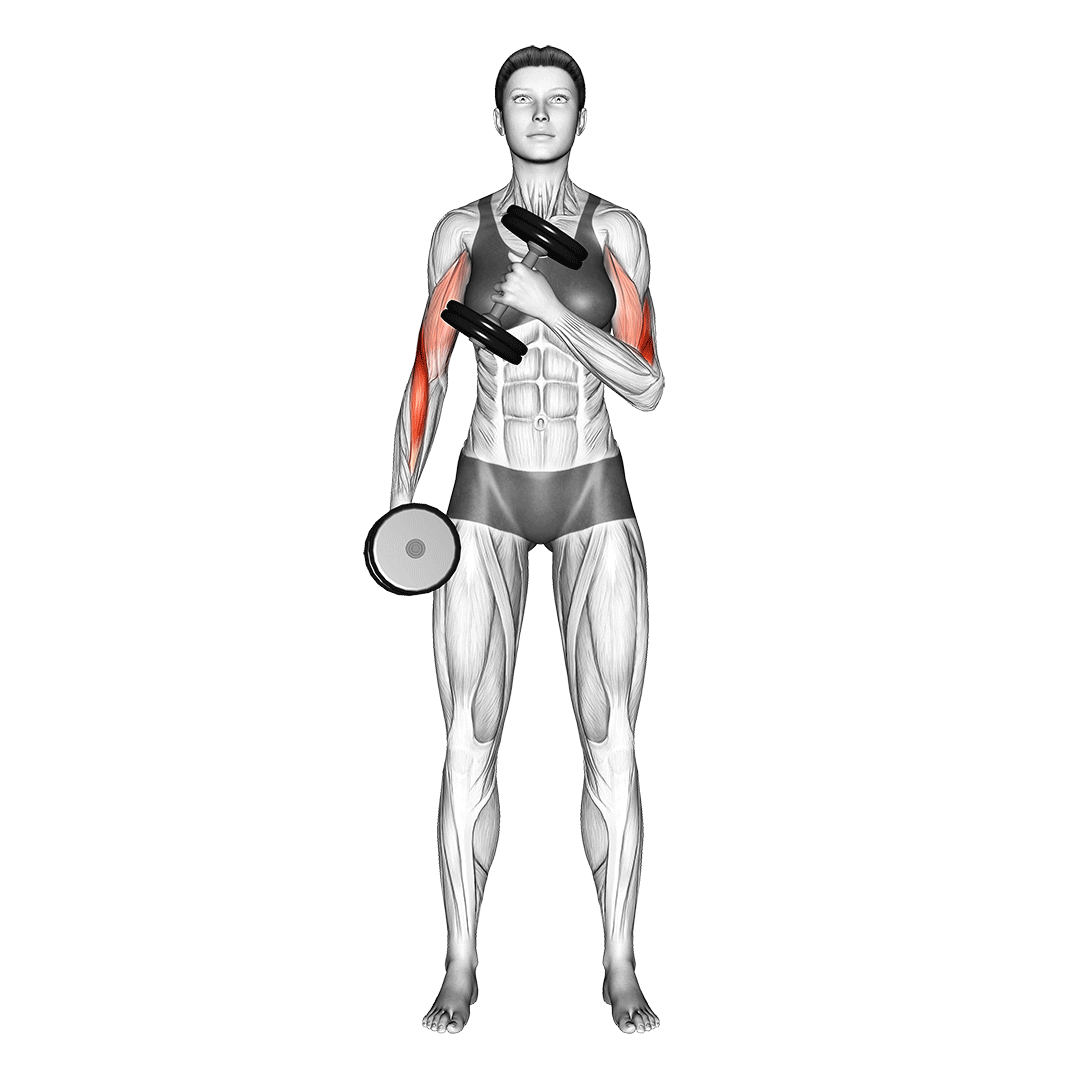
In essence, the sole change in the cross body bicep curl is the lengthier range of motion from the lifter drawing the dumbbell to the shoulder on the opposite side of the body, rather than traveling vertically upwards.
Benefits as a Type of Bicep Curl
The cross body bicep curl is primarily performed to increase the size and strength of the bicep’s outer head, and is the main benefit from this particular exercise.
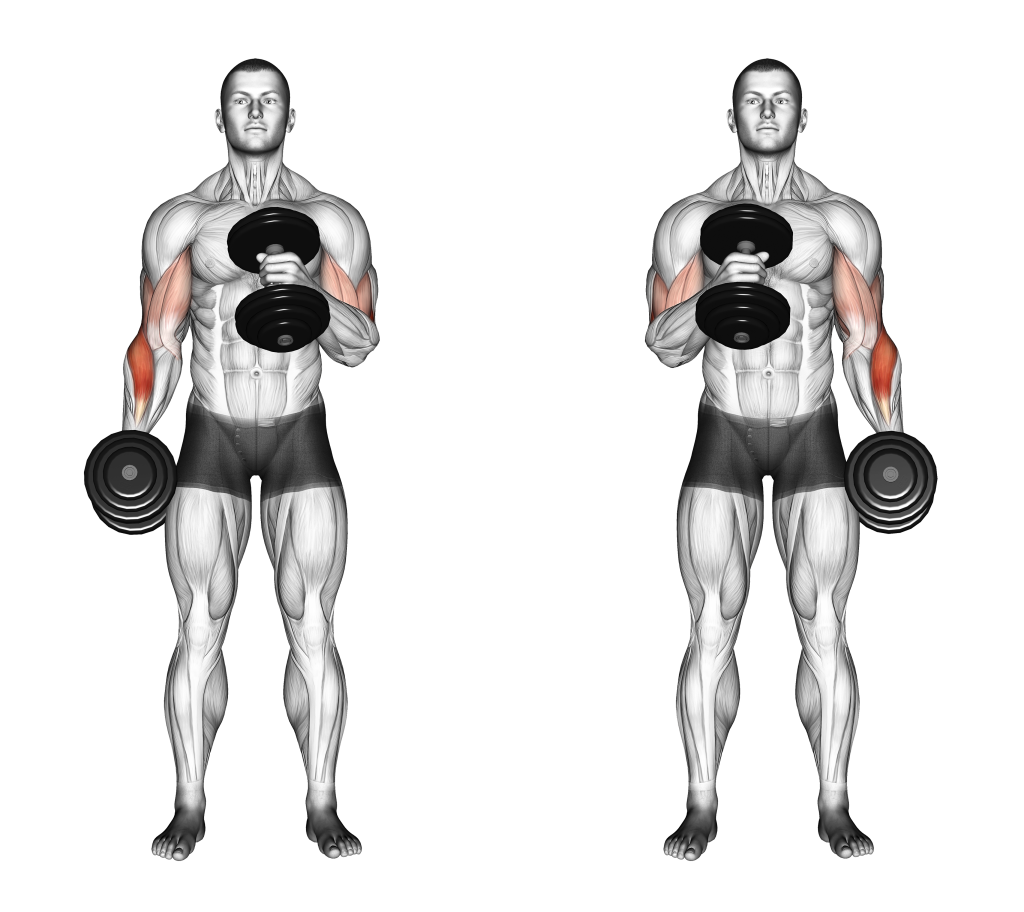
While it is somewhat more challenging than a conventional bicep curl, it nonetheless the same in terms of benefits - meaning that the standard bicep curl may be made more challenging by switching to cross body curls.
Equipment Used to Cross Body Bicep Curl
Cross body bicep curls will require some sort of single-hand resistance equipment, like dumbbells, kettlebells or a cable machine with a single-hand handle attached.
Other Variations of Cross Body Bicep Curls
Other types of cross body curls include the cross body hammer curl and cross body cable curl, both of which alter which muscles are targeted due to changes in grip form and equipment.
3. Side Bicep Curls
Just as how cross body bicep curls involve drawing the arms inwardly across the torso, side bicep curls involve performing the exercise with a far wider stance, though they nonetheless share many features with the conventional bicep curl.
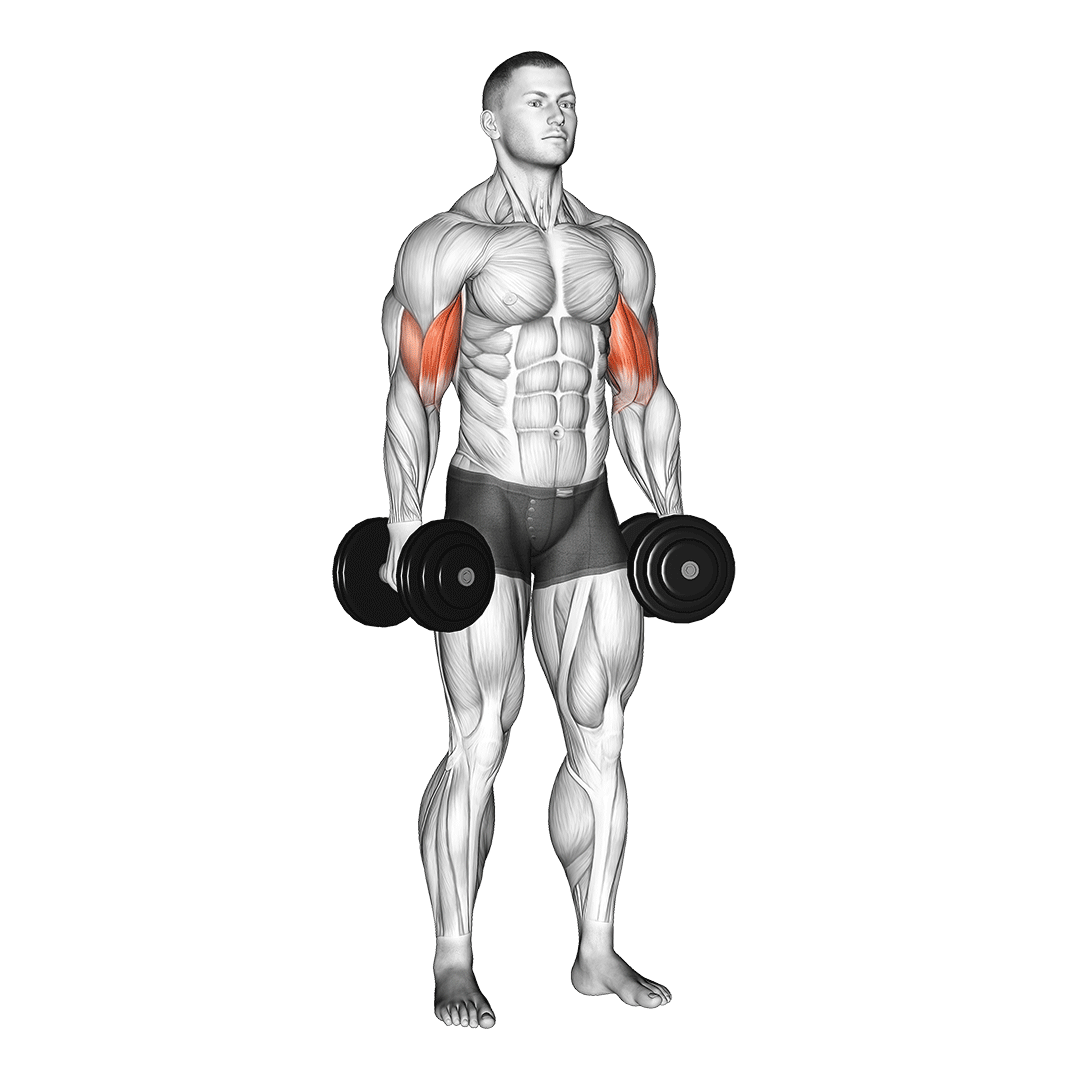
Side bicep curls are performed with the arms set akimbo and the forearms ending up nearly parallel with the upper arms at the apex of the repetition, thereby shifting much of the training stimulus to the inner head of the biceps.
Benefits as a Type of Bicep Curl
The main benefit to side bicep curls as a curl variation are the increased focus on the inner head of the biceps, causing greater development of the “biceps peak” and helping keep the upper arms stationary throughout the exercise.
As an added bonus, drawing the arms upwards from such an angle increases the range of motion somewhat, producing greater quality repetitions in comparison to more forward-facing curl variations.
Equipment Used for Side Bicep Curls
Side bicep curls will require resistance equipment that allow for the arms to move independently of each other, such as kettlebells, resistance bands, dumbbells or plates.
Other Variations of Side Bicep Curls
The side bicep curl has no other variations apart from those performed with the use of a cable machine.
4. Reverse Curls
Reverse curls are a type of bicep curl with the lifter holding the weight in a pronated grip, thereby shifting the resistance to other muscles along the arms while simultaneously maintaining some level of focus on the biceps as well.
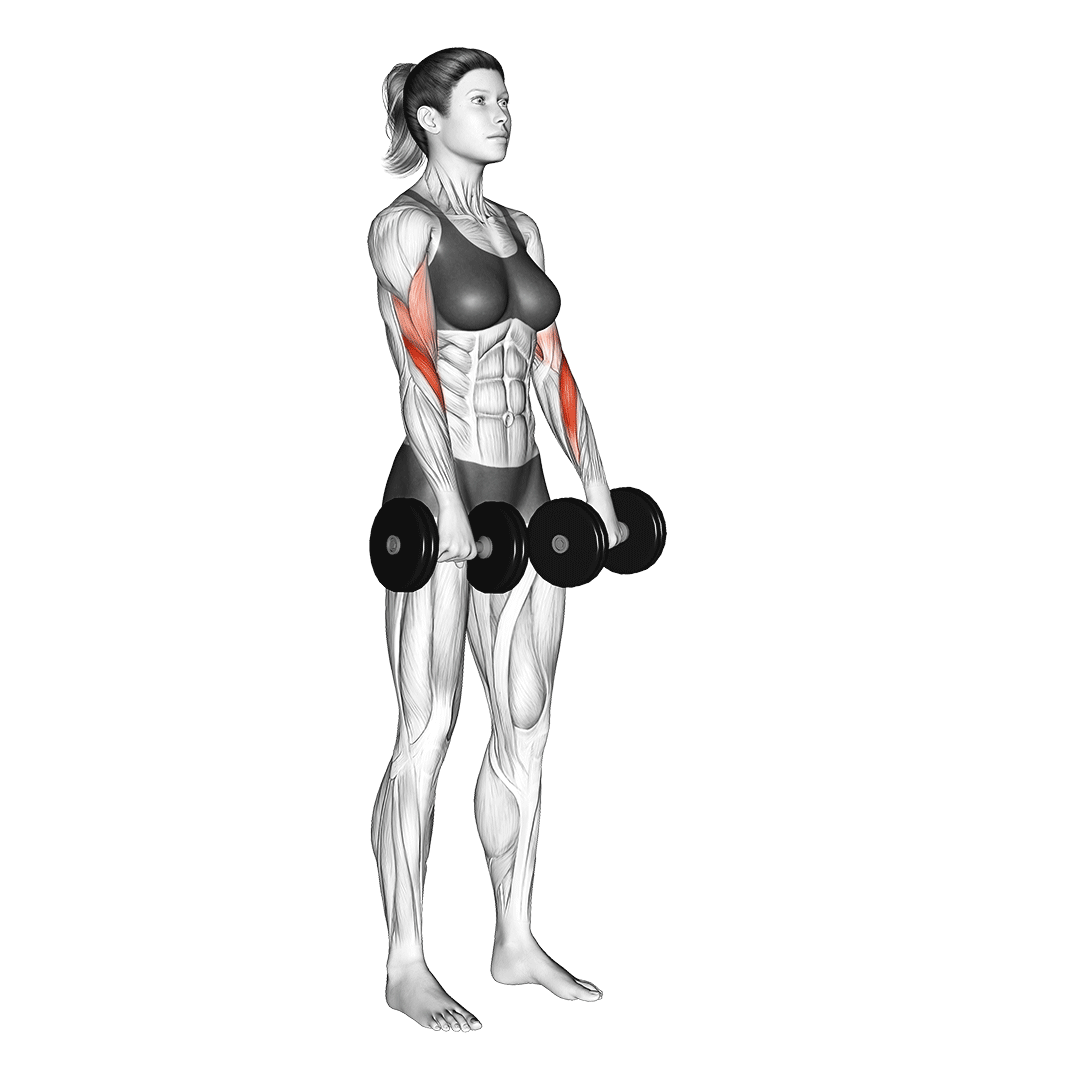
Reverse curls are often performed as an adjunct exercise to the bicep curl so as to produce a more balanced amount of volume throughout the arm, ensuring better athletic capabilities and a reduced risk of developing muscular imbalances.
Benefits as a Type of Bicep Curl
The reverse curl is the quintessential forearms-and-biceps isolation exercise, and will recruit muscles like the brachialis, forearm flexors and brachioradialis alongside the biceps themselves - making it a compound exercise of significant value to lifters of all types.
Furthermore, the position of the wrist that the reverse curl uses will negate any discomfort or pain that a lifter may experience with supinated grip curl variations like the conventional bicep curl or preacher curl.
Equipment Used for Reverse Curls
Reverse curls are often performed with two-handed free weight equipment like straight barbells or EZ-bars, but may also be performed with dumbbells, kettlebells or resistance machines as well.
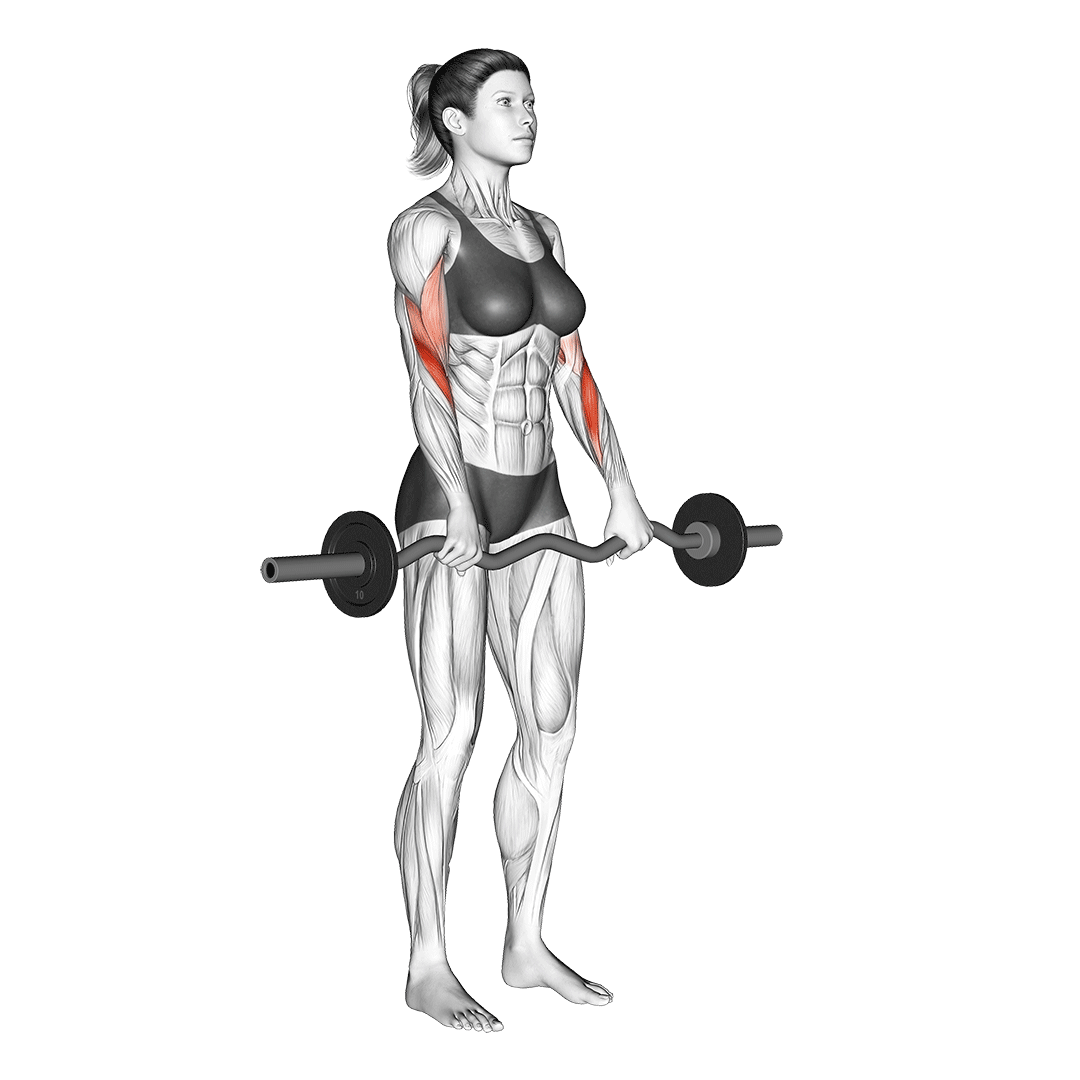
Other Variations of Reverse Curls
Other versions of the reverse curl include the preacher reverse curl, the concentration reverse curl and the incline reverse curl - all of which alter the range of motion and time under tension of the exercise.
5. Hammer Curls
Hammer curls are a neutral-grip type of bicep curl best known for recruiting multiple elbow-flexor muscles across the entire arm, and are often performed so as to increase the thickness or pulling strength of the arms in their entirety.
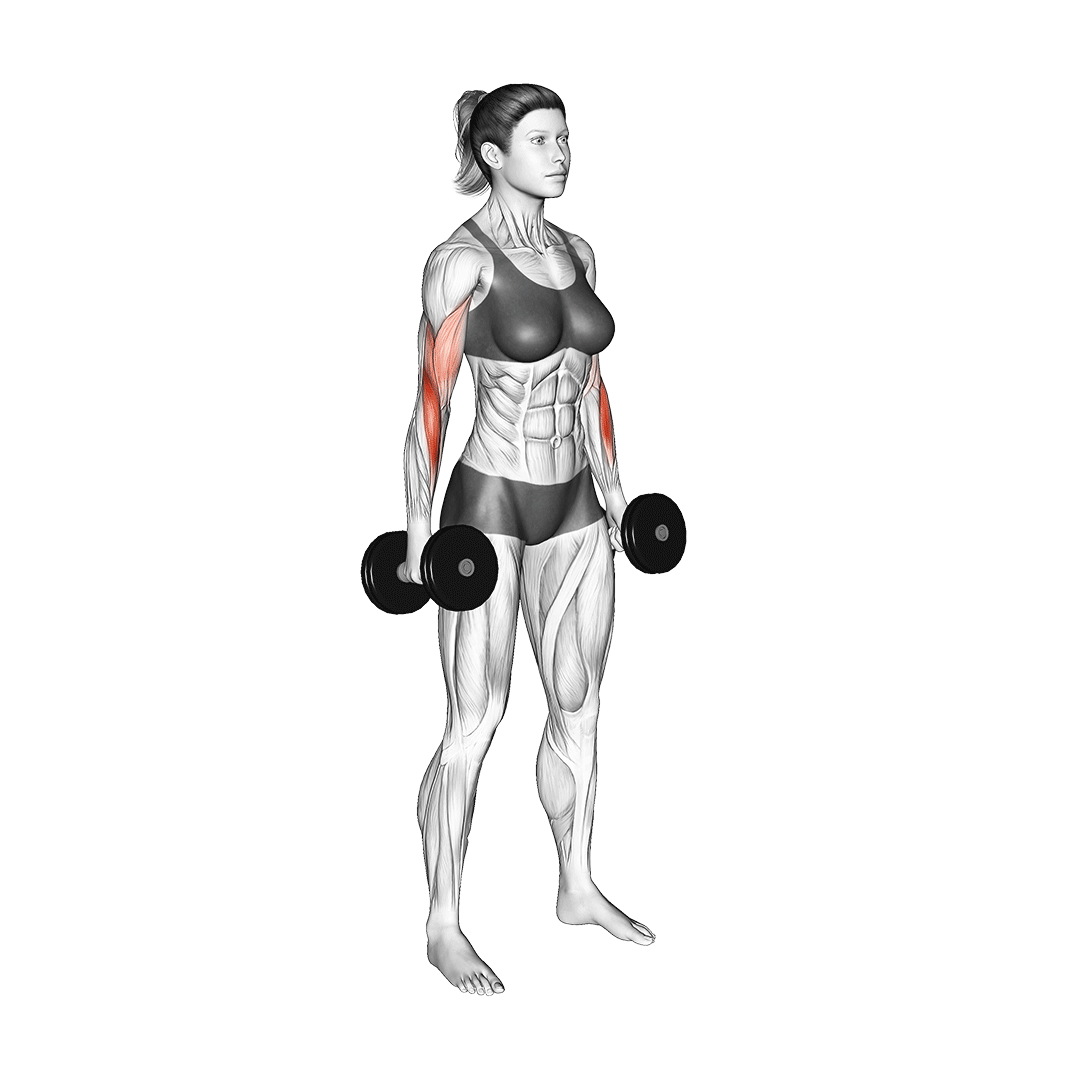
While hammer curls do indeed train the biceps to some extent, they are more often used as an adjunct exercise with a biceps isolation movement due to the lesser degree with which the hammer curl trains the biceps.
Benefits as a Type of Bicep Curl
The hammer curl is a compound movement that is capable of recruiting the brachialis and brachioradialis alongside the biceps, greatly contributing to the thickness, stability and overall strength of the arm itself.
Furthermore, the hammer curl’s defining feature involves keeping the wrists in a neutral position, eliminating any risk of pain or discomfort - especially for lifters that experience forearm or wrist pain during supinated curl exercises.
Equipment Used for Hammer Curls
Hammer curls may be performed with dumbbells, parallel barbells or specialized hammer curl resistance machines.
Other Variations of Hammer Curls
Other variations of the conventional hammer curl include incline hammer curls, preacher hammer curls and rope hammer curls.
6. Preacher Curls
Preacher curls are a type of bicep curl involving the use of a preacher bench for the purposes of greater biceps isolation and a lengthier time under tension with each repetition.
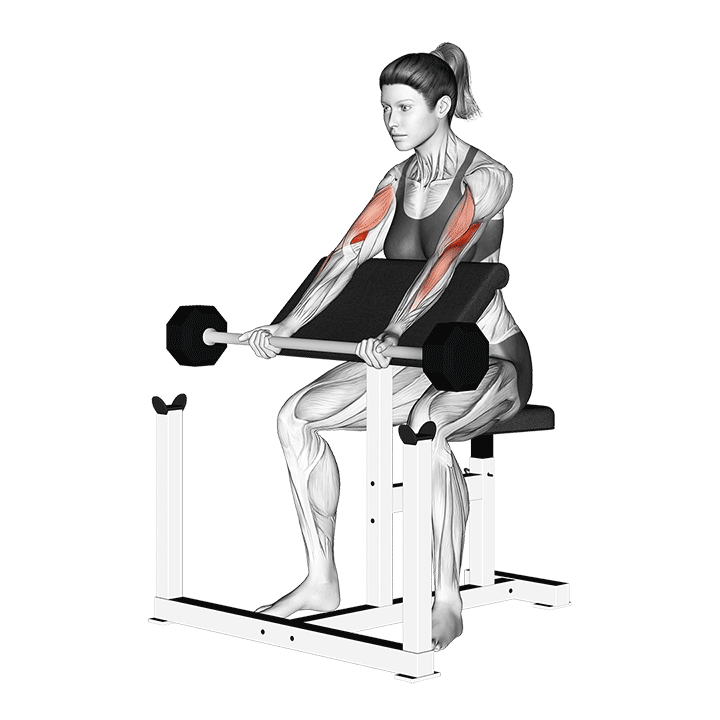
Most often, preacher curls are performed in a manner that is reminiscent of a conventional bicep curl, only with the elbows and upper arms firmly kept in place by the preacher bench.
When performed in this manner, preacher curls are considered an isolation exercise that solely targets the biceps brachii.
Benefits as a Type of Bicep Curl
Among almost all other types of bicep curls, preacher curls are arguably the best at isolating the biceps - both in terms of gross muscular activation and actual development of the biceps due to training stimuli.
Not only do preacher curls recruit the biceps to a greater degree, but they will also feature stricter form, a wider range of motion and a lengthier time under tension, all of which are factors that promote growth of musculature.
Equipment Used for Preacher Curls
Preacher curls require any type of equipment that may be used to perform a curl, as well as a preacher bench.
Other Variations of Preacher Curls
The majority of preacher curl variations have to do with what sort of grip and equipment is being used, with exercises like the preacher hammer curl or preacher EZ-bar curl featuring slightly different mechanics to the conventional preacher curl exercise.
7. Zottman Curls
The Zottman curl is a complex movement that combines both a reverse curl and conventional bicep curl into a single highly dynamic movement, thereby targeting nearly all parts of the arms to great effect.
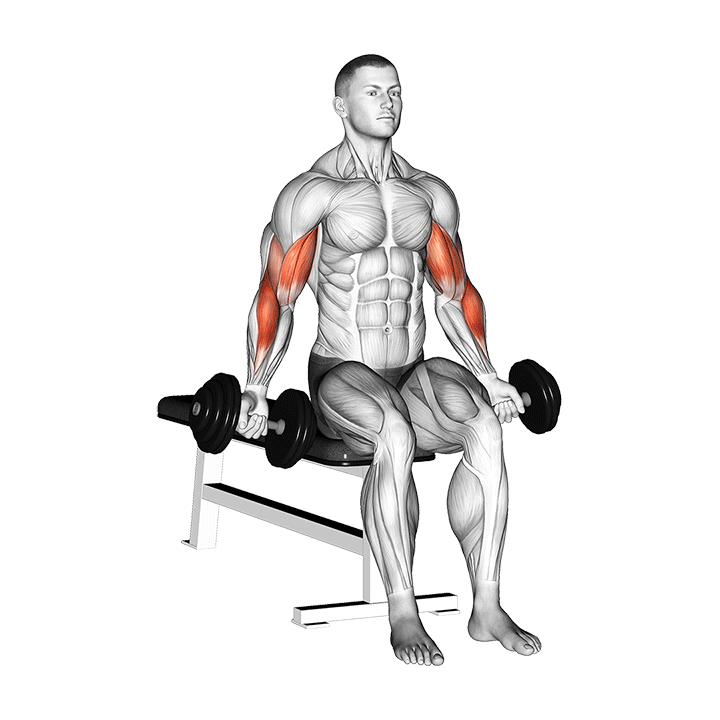
Being a compound movement involving both pronation and supination of the hands, it will recruit the muscles of the forearms, brachialis, brachioradialis and biceps in a dynamic manner.
Benefits as a Type of Bicep Curl
The Zottman curl’s primary benefit lies in its capacity to target multiple muscle groups in a dynamic fashion, improving mobility and overall arm mass in an efficient manner.
Furthermore, the Zottman curl is excellent for introducing variety into a training program, as it is rather uncommon and takes the best aspects of numerous different types of bicep curls together.
Equipment Used to Zottman Curl
Zottman curls require a pair of moderate-weight dumbbells to perform.
Other Variations of Zottman Curls
As of yet, there are no other variations of the standard Zottman curl.
In Conclusion
Remember that picking the right exercise is only half the equation, and that you will need to combine your chosen type of bicep curl with proper programming, sufficient recovery and the right diet in order to maximize the benefits of the exercise.
References
1. Kostek, Mark T.; Knortz, Karen. Kinesiology Corner: The Bicep Curl and the Reverse Bicep Curl. National Strength Coaches Association Journal 2(6):p 55-55, December 1980.
2. Melrose, Don PhD, CSCS*D. Exercise Technique: The Zottman Curl. Strength and Conditioning Journal 36(1):p 92-93, February 2014. | DOI: 10.1519/SSC.0b013e318297a092
3. Marcolin G, Panizzolo FA, Petrone N, Moro T, Grigoletto D, Piccolo D, Paoli A. Differences in electromyographic activity of biceps brachii and brachioradialis while performing three variants of curl. PeerJ. 2018 Jul 13;6:e5165. doi: 10.7717/peerj.5165. PMID: 30013836; PMCID: PMC6047503.
